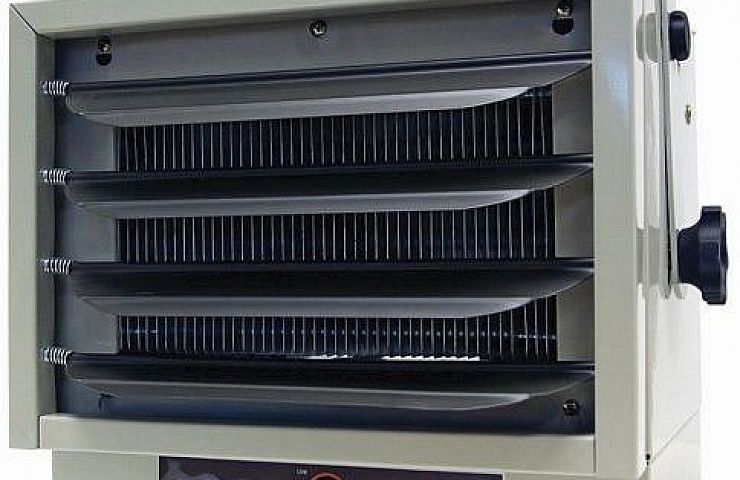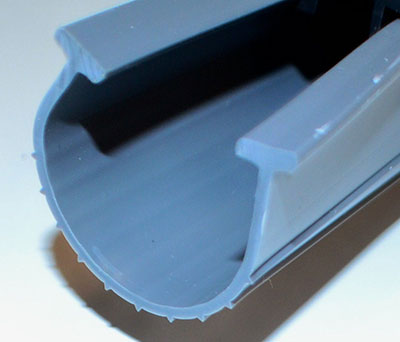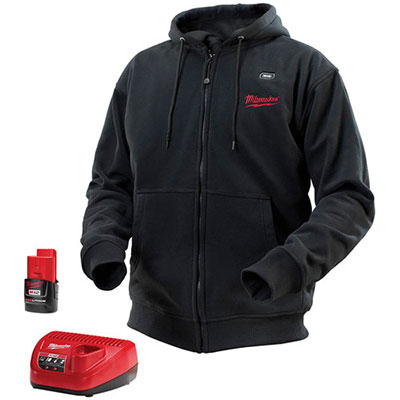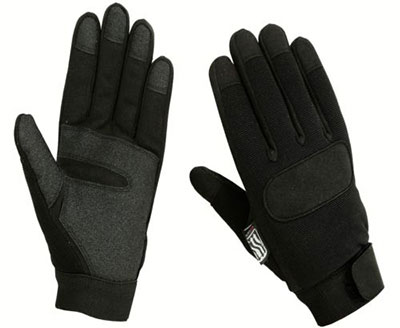During the upcoming winter months, working on your car in the garage can turn into a bone-chilling ordeal. However, with the right tactics and products, you can transform a frigid garage into a livable workspace.
The first trick is to eliminate drafts with caulking and weather stripping around the windows and doors. There’s no sense in heating the air inside your garage only to have it leak through the gaps.
A few hours of work can pay big benefits. Don’t forget to check the garage-door-bottom weather seal—critters can gnaw through the rubber and create gaps.
Next, you’ll want to address the garage door itself. If it’s time to replace that creaky old door, you’ll want to check into insulated models. But if replacement isn’t it the cards, you can quickly install a garage-door insulation kit to create a cozier warmer place to work.
Get a Shop Heater
Here’s another decision to make: whether it’s more important to heat the entire space or just the occupants. If you only want to heat the space for occasional use, an electric radiant shop heater is the best option. If you need to heat the space on a daily basis, look into traditional vented wood stoves and wood-pellet stoves.
They are economical to operate and are safe when properly maintained. While propane space heaters deliver plenty of heat, they present hazards. Combustion-based space heaters should always be vented to eliminate carbon monoxide. Of course, use caution to make sure that you’re safe.
Types of Heaters for Your Garage
All electric space heaters are not created equal. Parabolic electric heaters work like heat cannons. They allow you to point the warmth exactly where you need it most.
With a portable parabolic electric heater, you’re not wasting electricity on heating the air. It can be a good option if you’ll be spending most of your time working in one spot, like a workbench or under the hood.
Winter Clothes for Work in the Garage
Choosing the right clothing is crucial. A knitted beanie cap will keep your head and ears warm. Multiple layers of clothing are always a good idea, but some folks aren’t keen on long johns. If you count yourself among those folks, fleece- and flannel-lined jeans are the ticket. If you opt for a thermal-underwear base layer, consider high-performance moisture-wicking fabrics to move perspiration away from your skin.
Heated garments are equipped with high-powered rechargeable batteries to ward off the chill. The Milwaukee Tools M12 Heated Hoodie uses a 12-volt lithium-ion battery pack to power carbon-fiber heating elements across the chest and back. The hoodie provides three heat levels and can run for up to six hours on the lowest setting. It uses the same M12 battery packs as Milwaukee’s lineup of M12 cordless power tools.
The medium-weight fabric is intended to be worn as an outer layer during the spring and fall and is light enough to layer under heavier coats in colder weather. Recharge time takes 30 to 45 minutes.
That cold concrete floor won’t do your feet any favors. Battery-powered heated insoles can turn a pair of frigid work boots into a toasty paradise. Thermacell’s ProFlex Heated Insole Foot Warmers provide three heat settings—standby, 100 degrees, and 110 degrees—via wireless remote control. Recharge time takes four hours via USB, but the batteries are swappable. Heated socks are another option.
Finding the right set of winter mechanics gloves can be one of the toughest pieces of the puzzle. There are always trade-offs between glove weight, insulation, and dexterity.
Look for gloves with 3M Thinsulate insulation. Heated work gloves may be an option, although they’re often too heavy for mechanical work.








